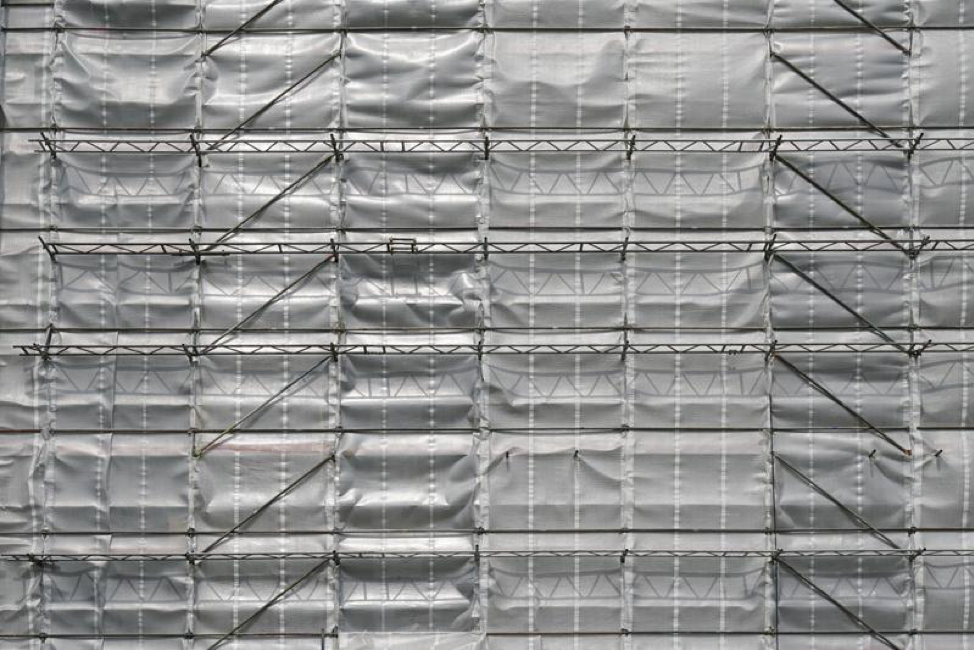Protecting your commercial property investment means taking appropriate preparations to protect it from natural hazards, such as heavy rains that could flood the property. When it comes to waterproofing, you need to test your method to make sure that it’s sufficiently effective. This article explores three different measurements to use when calibrating a waterproofing method for a property.
Water Tables
The ebb and flow of local water tables, also referred to as groundwater tables, can have a direct representational impact on the capacity of a property to resist water. The term water table refers to water collected beneath the ground’s surface. This water saturates through the soil and collects in underground basins or aquifers.
A true water table refers to the average height of the water beneath the surface and accounts for the prevailing season – dry or wet – in which the height varies slightly. A perch in terms of water tables refers to a stepped area underground that forces water higher in that spot than in others. The area where water cannot seep to the same depth as elsewhere creates a problem if it lies beneath your structure. Three items affect seepage:
- Existing saturation levels
- Strata permeability
- Impermeable rock present on the grounds
While you cannot alter the water table, you can waterproof your structure to mitigate potential issues. Install French drains and weeping tiles at the base of exterior walls at their lowest points. This will cause groundwater to drain away from the structure before it can damage it. Also, use tightly packed backfill so that groundwater cannot pool around the foundation.
Humidity Levels
Humidity impacts properties on a number of levels, affecting issues as varied as climate control, mold growth, bacterial susceptibility and material corrosion. Your humidity levels serve as a clear measurement of the presence of water. In a waterproofed property in an ideal environment, there would be absolutely minimal invasive humidity.
One simple solution to eradicate high humidity levels is to install dehumidifiers. The most effective installation point is the building’s crawlspace. The use of dehumidifiers provides three important results:
- It extracts moisture from the air.
- It reduces odors.
- It aids in killing allergens and mold beneath the building.
If the waterproofed property is still humid after all these factors have been taken into account, you might need to look into the materials you’ve used to waterproof and, if necessary, find better materials to render the property water-resistant.
Plumbing Efficiency
Plumbing inefficiency can be a sign of leaks or corrosion and, as such, a lack of total waterproofing of a property. Have a plumber check the pipes and fittings first. Both metal and plastic threaded fittings can leak due to damaged threads. Mis-threading the fitting to its mate fitting can cause the problem. Pipe compound or PTFE tape tightly covering the threads creates a watertight seal, but without it, leaks easily occur. Dirt can block solder from properly adhering to a soldered copper pipe. If the pipe’s surface has not been prepped with acid flux, it can cause an issue. Also, overheating a pipe joint can deform it, causing leaks.
You can waterproof your commercial properties to withstand the onslaught of rain and rising water tables. This requires mitigation procedures to the exterior, crawlspace and plumbing. These activities can save you money in the long run by helping you avoid costly repairs from water damage.
Here are a couple articles we think you’ll enjoy:
